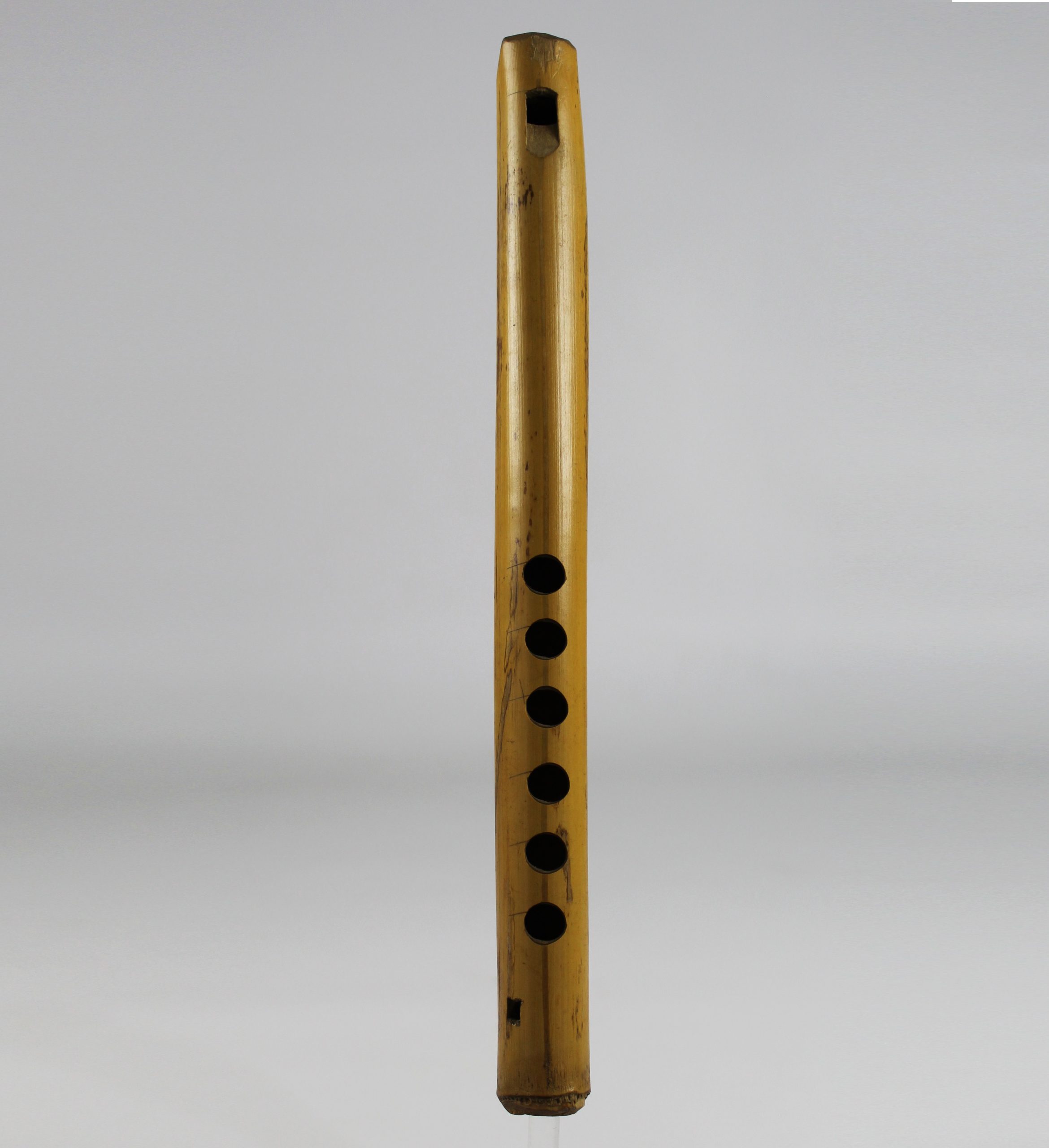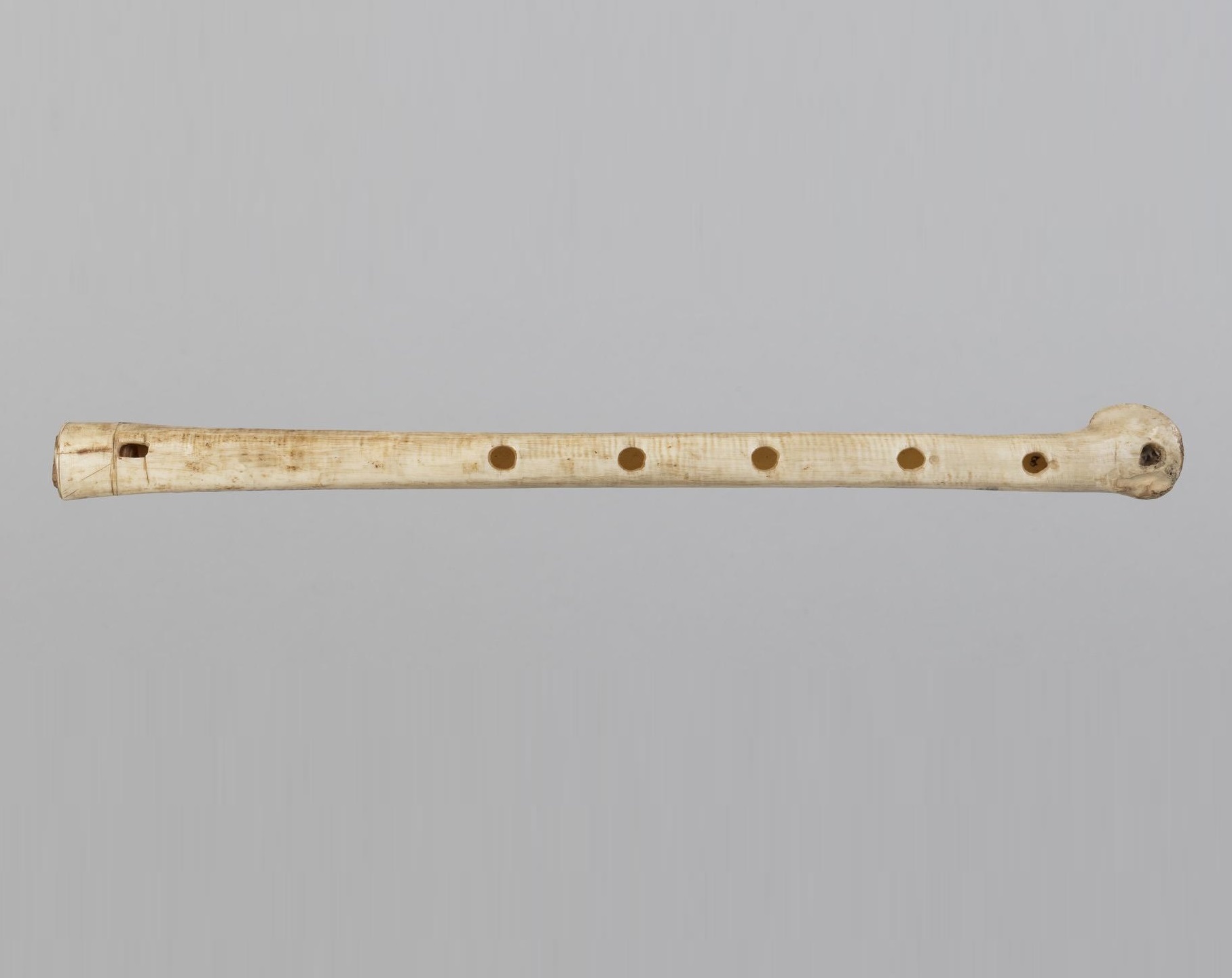Pinkillo
Woodwinds
America
Between 1001 and 1900 AD
Video
The pinkillo is a traditional wind instrument primarily found in the Andean region of South America. It is a type of flute, similar to the quena but distinguished by its particular structure, sound, and playing technique. The instrument is often associated with indigenous music, religious ceremonies, and cultural festivities. The pinkillo typically has a cylindrical shape and is played by blowing air into a mouthpiece at the top. Due to its high-pitched and melodic sound, it is commonly used in solo and ensemble performances. The instrument can be found in different sizes, each producing a distinct tonal range.
Type of Instrument
The pinkillo belongs to the aerophone family of musical instruments, specifically the flute subgroup. It is an end-blown flute, meaning the player directs air into an opening at the top to create sound. Unlike transverse flutes, which are played sideways, the pinkillo is held vertically. It often features finger holes that allow for pitch modulation. Some variations include a duct system to help guide the airflow, making it easier to produce sound. The pinkillo is closely related to other Andean flutes such as the quena and tarka, sharing similar musical roles and cultural significance.
History
The pinkillo has deep historical roots in the Andean region of South America, with evidence suggesting its use dates back several centuries. It is believed to have originated in pre-Columbian times, long before European contact with the indigenous civilizations of the Andes. The instrument was primarily played by the Inca and other native groups, serving both practical and ceremonial purposes. The pinkillo has been found in archaeological sites across Peru, Bolivia, and northern Argentina, indicating its widespread presence among Andean societies.
The pinkillo originated in South America, specifically in the Andean regions, including present-day Peru, Bolivia, Ecuador, Colombia, and northern Chile and Argentina. Historical records suggest that the instrument was already in use by indigenous groups by at least the 14th or 15th century, during the height of the Inca Empire. However, its roots likely extend much further back, potentially to earlier Andean civilizations such as the Wari and Tiwanaku cultures. Post-colonial influences altered some aspects of its construction and usage, but the pinkillo has remained a crucial element of traditional Andean music.
Types of Pinkillo
The pinkillo comes in various forms, each differing in size, pitch, and playing technique. Some of the main types include:
Standard Pinkillo – A medium-sized instrument with a bright and clear tone, commonly used in traditional Andean music.
Bass Pinkillo – A larger variant producing deeper and more resonant sounds, often played in ensemble settings to add depth.
Small Pinkillo – A shorter version that generates a higher pitch, ideal for fast and lively melodies.
Double Pinkillo – A unique type that consists of two parallel tubes played simultaneously, creating a richer and more harmonized sound.
Notched Pinkillo – Some versions feature a notch at the mouthpiece, similar to the quena, allowing for greater control over the airflow and tonal variations.
Traditionally, the pinkillo is made from various natural materials found in the Andean highlands. The most common material is cane or bamboo, which provides a lightweight and resonant body. Other versions are crafted from wood, bone, or even clay, depending on the availability of materials in different regions. Some modern pinkillos incorporate metal or plastic components to enhance durability and consistency in sound production. The mouthpiece may be carved directly into the body or feature an added notch or windway to facilitate airflow. The instrument’s surface is sometimes decorated with intricate carvings, paintings, or symbolic engravings reflecting indigenous artistic traditions.
Characteristics
The pinkillo has several distinguishing characteristics that set it apart from other Andean flutes. It is usually cylindrical in shape, with a slightly tapered or straight bore. The number of finger holes varies but typically ranges from five to eight, allowing for different scales and modal variations. Its length influences the pitch, with longer pinkillos producing lower tones and shorter ones yielding higher notes. The instrument is often tuned to traditional Andean scales, which differ from Western equal-tempered tuning. Some pinkillos feature additional embellishments, such as feather decorations or hand-painted designs, representing cultural motifs.
Sound Production
The sound of the pinkillo is generated by directing a stream of air into the instrument’s mouthpiece. The air vibrates within the tube, producing musical tones that are modulated by covering and uncovering the finger holes. The pinkillo’s timbre is characterized by its bright, penetrating, and slightly breathy quality. Because of its cylindrical structure, the instrument produces a warm yet sharp resonance that carries well in outdoor settings. The addition of vibrato, overblowing techniques, and dynamic breath control can enhance the expressiveness of the sound. Some pinkillos also have a fipple or duct system that helps channel airflow for easier sound production.
Playing Methods
The pinkillo is played by holding it vertically and blowing into the mouthpiece while manipulating the finger holes to produce different pitches. Players can use various articulation techniques, including tonguing, fluttering, and overblowing, to achieve different tonal effects. Some advanced musicians employ half-holing techniques to access microtonal pitches, a common practice in indigenous Andean music. The pinkillo is often played in combination with percussion instruments such as drums, creating a rhythmic and melodic interplay. In some traditions, players may incorporate dancing movements while playing, adding a dynamic visual element to performances.
Roles in Music
The pinkillo plays an essential role in Andean music, both in solo and ensemble settings. It is frequently used in folk songs, ritual performances, and community celebrations. In ensembles, it is often paired with drums, panpipes, or other traditional instruments to create a layered and rhythmic sound. The pinkillo is particularly prominent in agricultural festivals, religious ceremonies, and indigenous rituals, where it serves as a medium for expressing cultural identity and spiritual beliefs. Some variations are also used in contemporary Andean music, blending traditional sounds with modern influences.
Cultural Significance
The pinkillo holds profound cultural importance in Andean communities, symbolizing a connection to indigenous heritage and ancestral traditions. It is often associated with seasonal festivals, including harvest celebrations and solstice ceremonies, where it is played to invoke blessings from nature deities. The instrument is also linked to storytelling traditions, where musicians use melodies to narrate historical events or convey emotions. In some regions, the pinkillo is believed to possess spiritual properties, with certain melodies thought to bring protection, healing, or good fortune. Today, the pinkillo continues to be a cherished element of Andean music, bridging the past with the present and preserving the rich musical legacy of the region.
FAQ
What is a Pinkillo?
The Pinkillo is a traditional Andean flute made of wood or cane. It has a fipple, similar to a recorder, and produces a sweet, airy sound. The instrument is often played during festivals and ceremonies. It is commonly used in Bolivia, Peru, and northern Argentina.
How is the Pinkillo played?
The Pinkillo is played by blowing into the fipple while covering and uncovering its finger holes. Players use different breath pressures to achieve various tones and dynamics. It is usually played in ensembles with percussion instruments. The Pinkillo is often used in high-altitude regions due to its sharp, clear sound.
What are the different types of Pinkillos?
Pinkillos come in various sizes and tunings, each producing distinct tones. Some are short and high-pitched, while others are longer and deeper in sound. They can be made from different materials like bamboo, wood, or even bone. Regional variations exist, influencing their playing techniques and tonal characteristics.
 Links
Links
References
Other Instrument
Categories



















